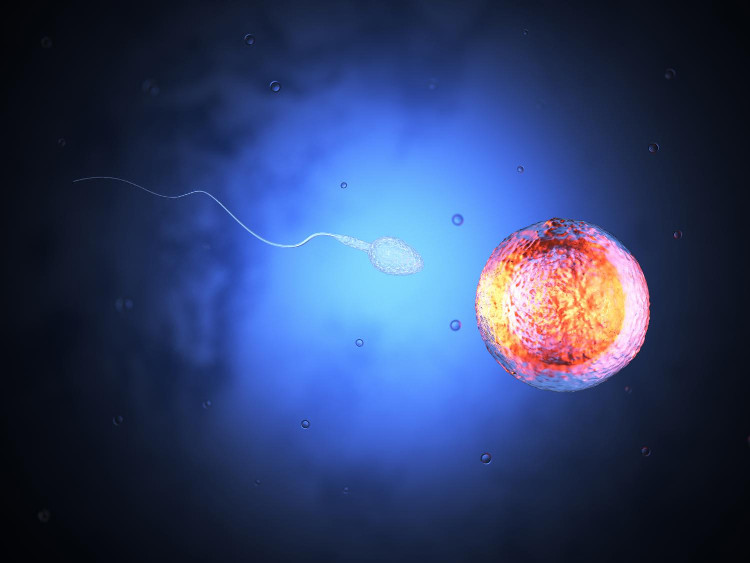Treat cervical cancer with ... cow sperm
The cow sperm will carry medicine to treat, wear iron armor, become a suicide fighter straight into the tumor.
An article recently published in ACS Nano magazine by German authors said they have successfully designed a tool to deliver cancer drugs to the reproductive tract of women. These are cow sperm that are combined with a plastic structure and coated with iron armor with 3D printing technology.

Taking advantage of sperm's ability to find and penetrate cells, scientists have turned them into suicide fighters in a "targeted" cancer treatment - (photo: LIVE SCIENCE).
In fact, this iron armor is mainly used to help scientists control the path of "knights" by magnetic fields, enabling them to find and destroy cancer cells accurately. Many people liken this tool to a sale but in fact they are sperm that live and perform the task primarily by their natural swimming ability.
In an interview with Live Science, Mariana Medina-Sánchez, head of Micro Engineering and Biomedical Nano, of the Nano Research Institute in Dresden (Germany), one of the authors said: "Sperm has "The natural ability unites with egg cells. It can do the same thing with cancer cells and release drugs inside these cells."
The release of drugs inside cancer cells makes treatment an extremely effective "targeted approach " . "Targeting " is a way of calling cancer treatments in which healthy cells are maximized, helping to increase the chances of survival and recovery for patients.
In this study, the cow's sperm will carry the drug to treat cervical cancer doxorubicin hydrochloride in the head, because the head structure of the sperm helps the drug to be well protected from the surrounding environment. Cow sperm is also completely immune to this drug so it stays healthy and swims to its destination.
The work began a few years ago and made significant improvements to better promote the natural ability of cow sperm, instead of trying to turn it into a robot. The team said they were about to make the first animal tests and hopefully soon experiment with humans.
- Factors that increase the risk of cervical cancer
- Information to know about cervical cancer vaccination
- Detect cervical cancer using vinegar
- Glass for early detection of cervical cancer
- Detection and prevention of cervical cancer
- Vinegar helps detect cervical cancer
- Vaccine to prevent cervical cancer is nearly 100% effective
- Australia permits circulation of vaccines against cervical cancer
- This is how science uses sperm to ... treat cancer
- Detects 8 types of viruses that cause cervical cancer
- The vaccine for cervical cancer is suspected of being safe
- India announced equipment for early detection of cervical cancer
 Why is Australia the country with the highest cancer rate in the world while Vietnam ranks 100th?
Why is Australia the country with the highest cancer rate in the world while Vietnam ranks 100th? New drug causes cancer to 'starve'
New drug causes cancer to 'starve' Common cancers in men
Common cancers in men America's incredible discovery: The most feared cancer cell is love
America's incredible discovery: The most feared cancer cell is love